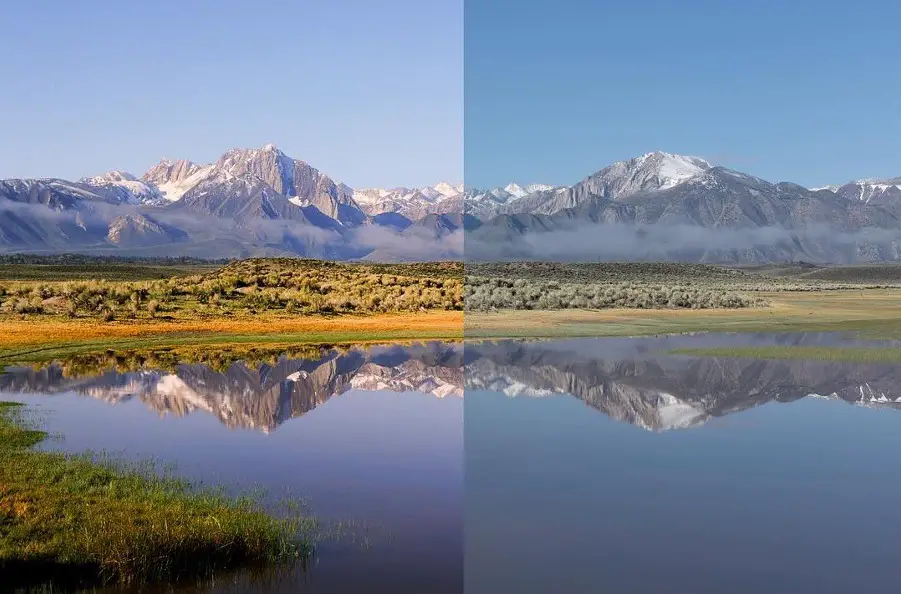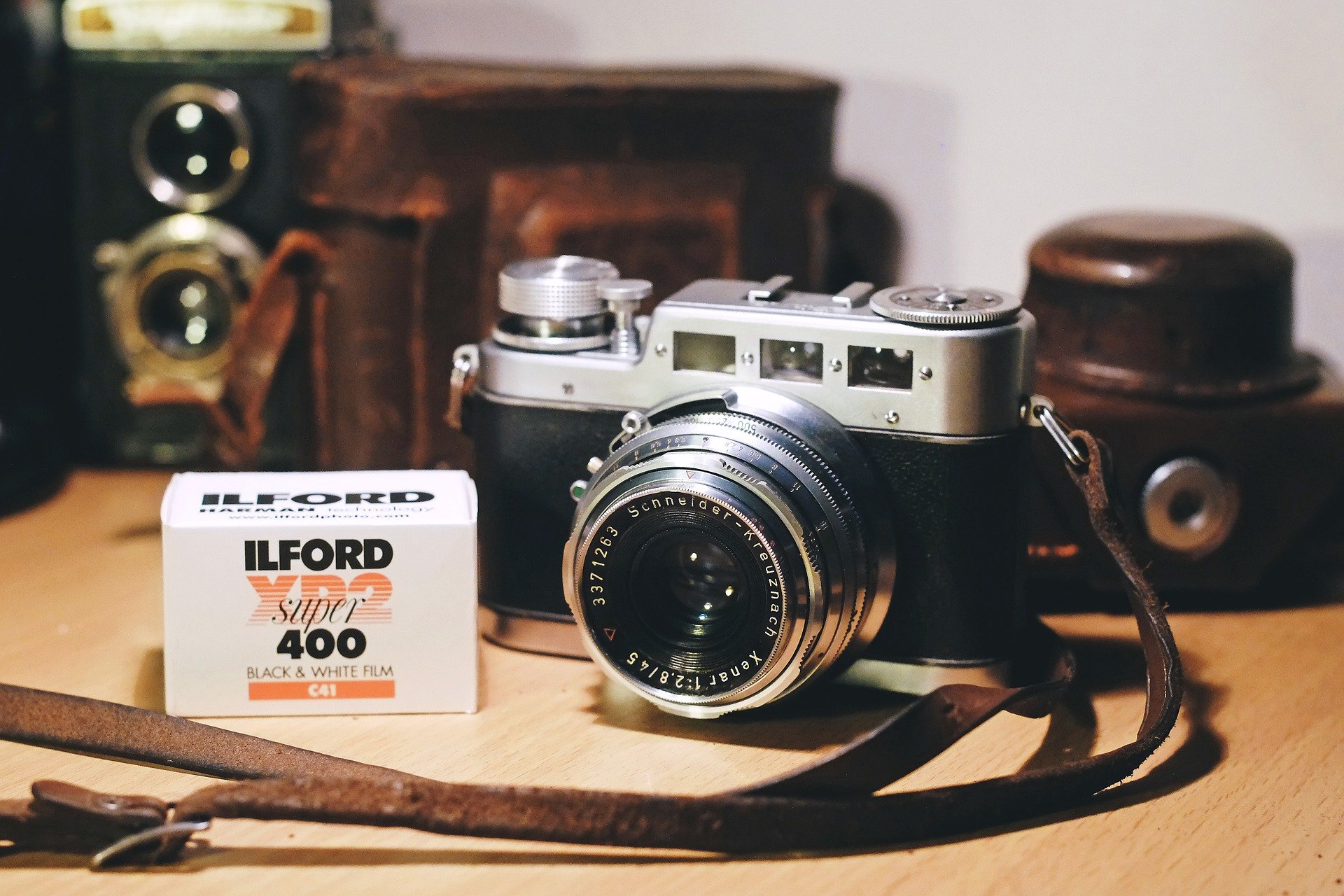For a generation accustomed to instant gratification, we’ve certainly picked a time-consuming hobby to bring back from the previous century; the rising popularity of film photography among amateur and professional photographers alike holds intrigue from many angles (pun intended). From vintage charms to the effects on the creative process, the attraction of analog photography in recent years bolsters the argument that bigger and newer is sometimes not better. Trends are constantly being recycled, but what exactly sets film apart, and has it finally evaded obsolescence and returned to stay for good?
If you’re unfamiliar with the basic “anatomy” of analog photography and film, here’s a breakdown: Film photography was invented in the late 1800s, but it wasn’t until the 1970s that color film became popular among the general public. Analog cameras are far more mechanical than their digital counterparts, with fewer little knobs and settings to play around with, and a real-time “click” that smartphones so graciously mimic when the shutter opens and closes.
Film itself is nothing more than a roll of very thin light-sensitive plastic that captures light in the form of a “negative,” which goes on to be chemically processed and scanned to reveal the art within. Various sizes of film exist — the more classic 35 mm, 120 mm medium format and generalized “large format,” which ranges from 4-by-5 inches to 8-by-10 inches. After loading film into an analog camera, a set number of photos can be taken by the photographer, after which the roll needs to be removed and processed before any potential works of art or complete failures can be seen. “Patience, young padawan” indeed.
Trends rise and fall constantly — cycling through five phases of an introduction, a steady increase, a peak and subsequent oversaturation, before slowing down to a decline and eventual obsolescence. Perhaps for reasons of nostalgia (especially in a time of an international health crisis, the teasing of economic failure and the threats of global warming), vintage objects and activities advertise a charming feel that many people capitalize on for personal style, collections or even inspiration.
While this phenomenon is mostly observed in fashion, and despite the extra effort that goes into film photography compared to its digital counterpart, the steady rise in the cost of analog cameras and the revival of previously discontinued film make it apparent that there’s growing interest among the general public once more. In fact, today one can find analog cameras that are more expensive than DSLRs, and photography packages for functions like weddings and graduations include a film option.
The image below from thedarkroom.com demonstrates the initial differences between film and digital photography:

Ultimately, digital photography can’t quite capture the same dynamic range that film seems to have — meaning that the effects of lights and shadows that contribute to how the naked eye sees the world around it are more easily rendered by analog photography than digital. No amount of image adjustment or an overlay of grainy, film-esque filters on digital images produces the same charming effect. There’s no faking the experience of genuine film aesthetics.
Beyond this practical nuance, there is also something to be said about the cathartic feeling of “hand-made versus machine-made”: Our perception of effort contributes toward a sense of achievement and value. In other words, film takes time, and the reward is that much sweeter because of it. With the advantage of digital space and memory cards, DSLRs can accommodate a “snap first, think later” approach to ensure that the scene ahead is captured in many ways, at many points and from many angles.
This luxury of having options instills a different dynamic within the creative process, with a far more forgiving but sometimes thoughtless method to guarantee a perfect shot. Smartphones in the age of social media echo these sentiments, with social media personalities such as Kim Kardashian advising the world to “take about 300 photos” before settling on only one.
Analog, on the other hand, forces patience and contemplation on the photographer’s part. There has to be a pause before every photo: Is the lighting good? Which angle brings out the best of this composition? Is the image even worth the last shot in this roll? The motivation to handle each shot with care is reinforced even if images come out blurry or poorly lit. To further compare the advantages and disadvantages of film and digital photography, this blog post elaborates quite extensively.
The comeback of film photography might be permanent. Despite the advantages and values of digital photography, the charms of analog seem to pull the world back in just when we thought it had gone away completely. In an age of social media and online aesthetics, film photography adds a genuine dynamic to an otherwise digitally governed world and offers an experience to both amateurs looking into a new hobby as well as professionals expanding their repertoires.

















